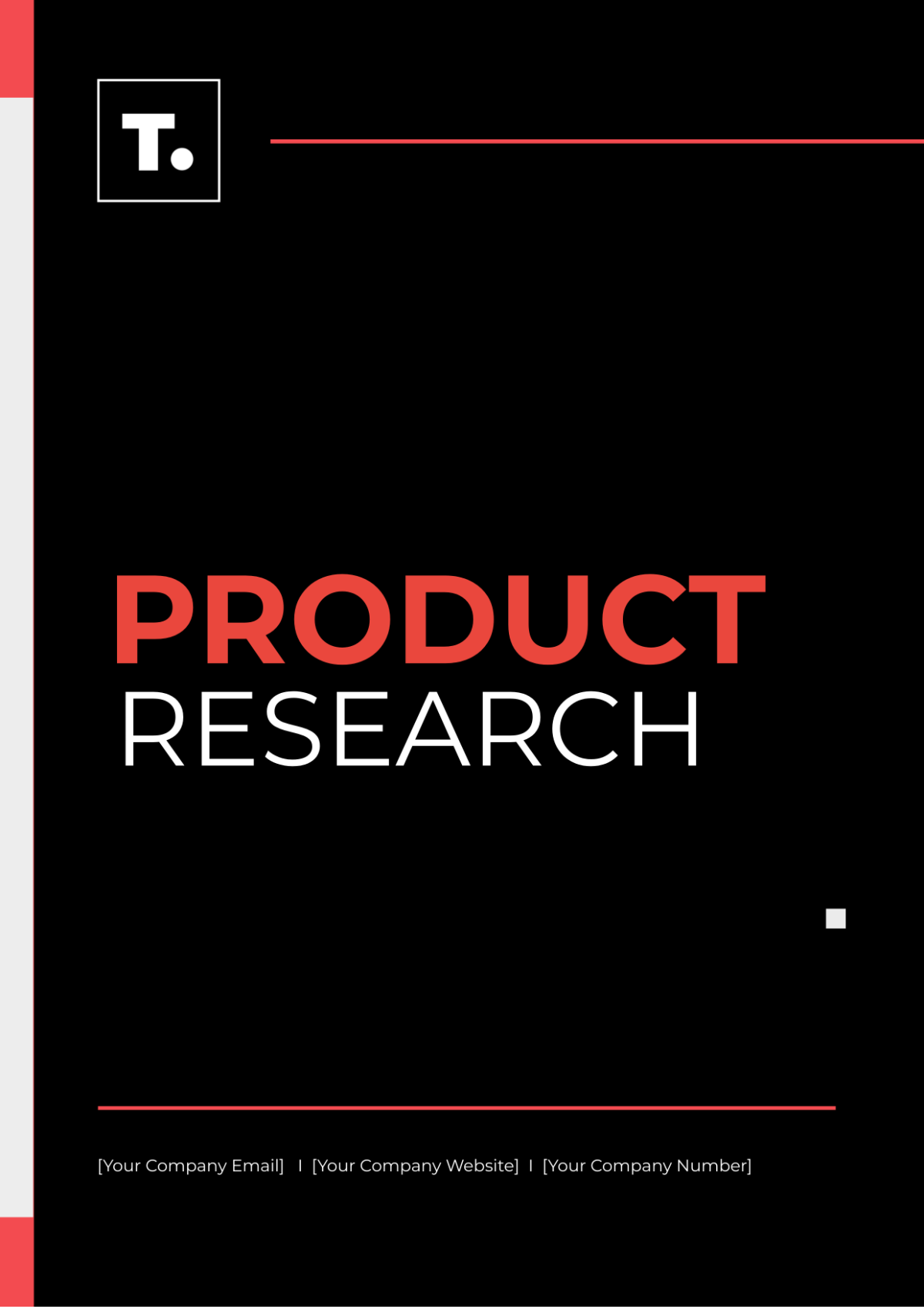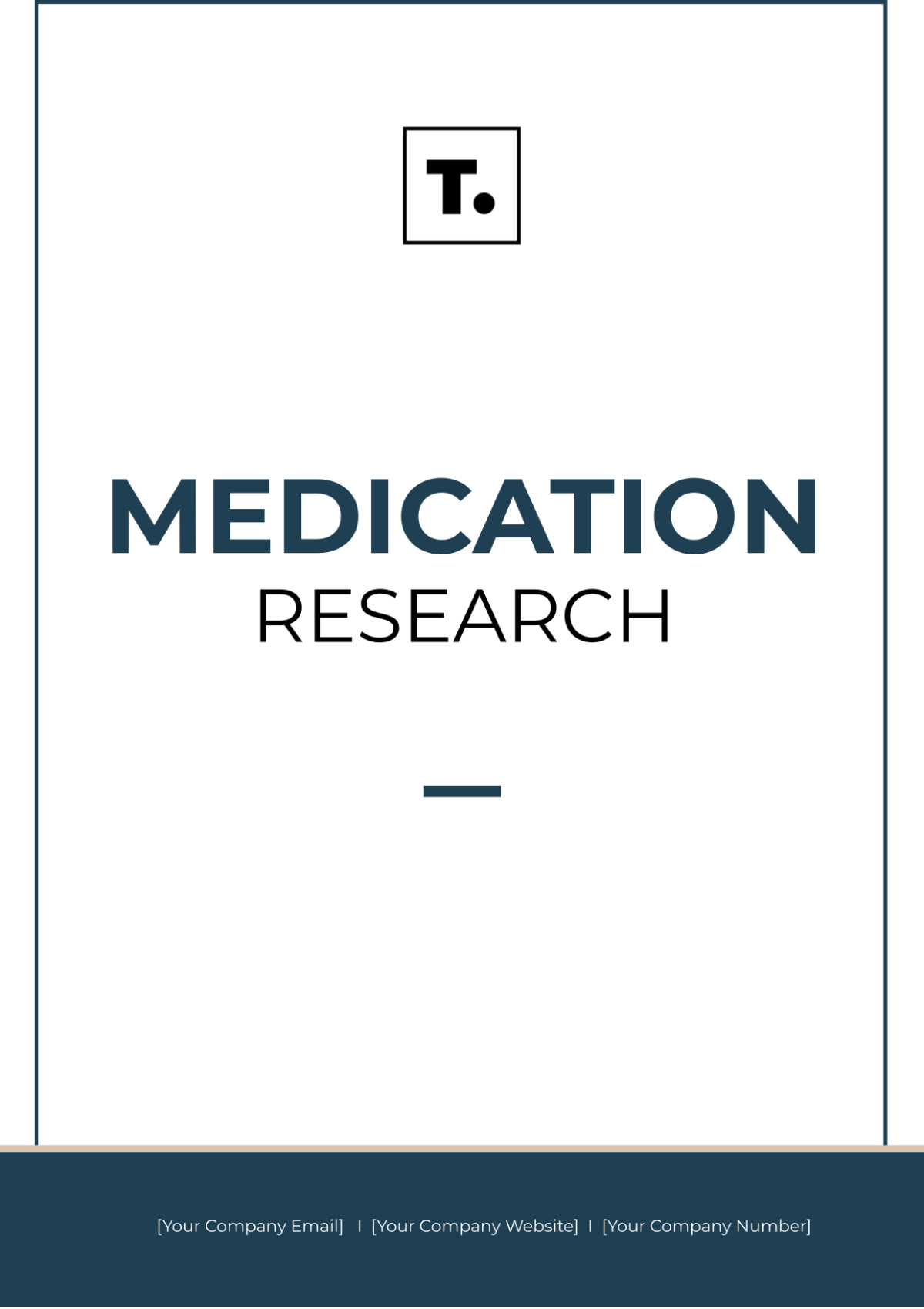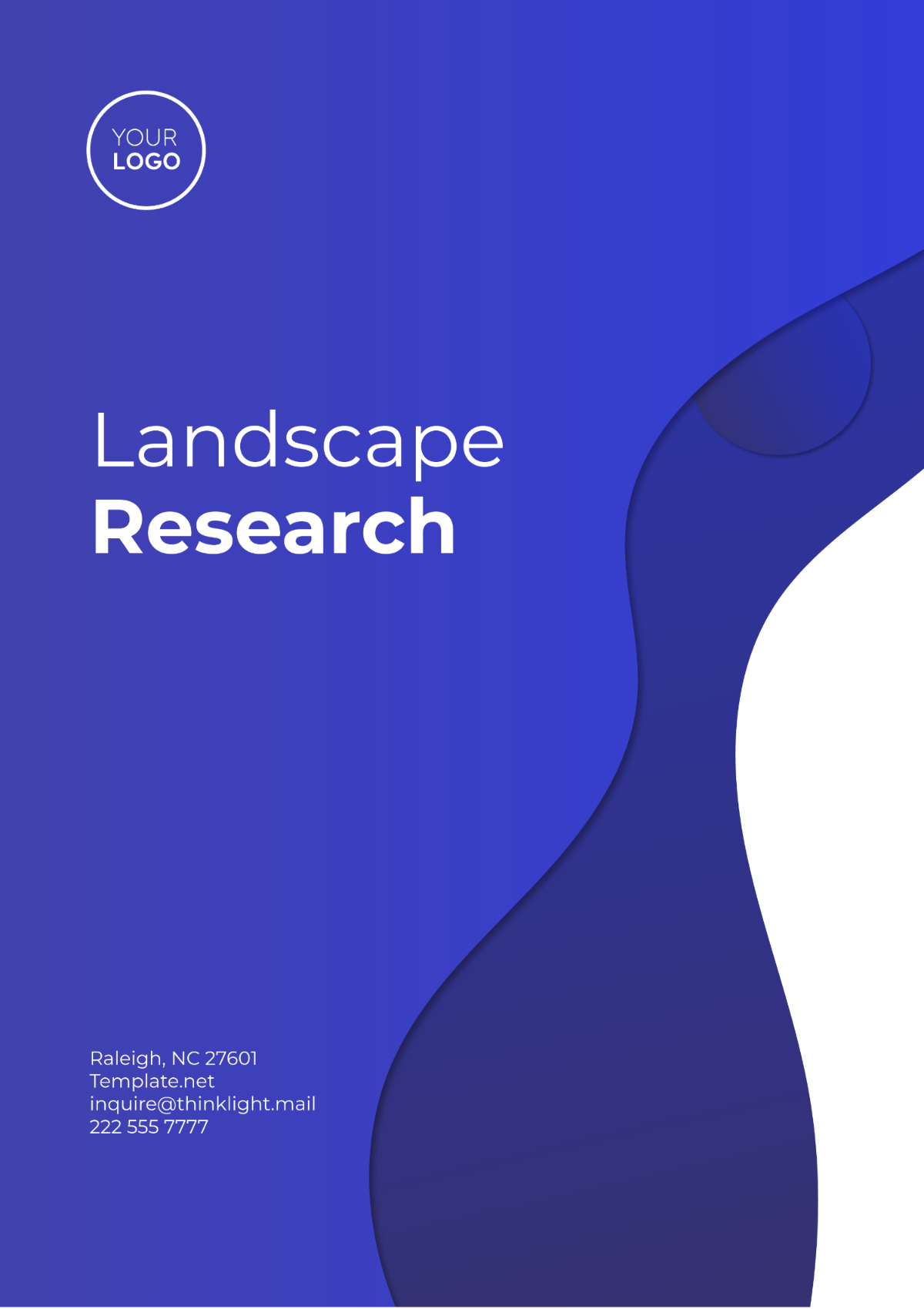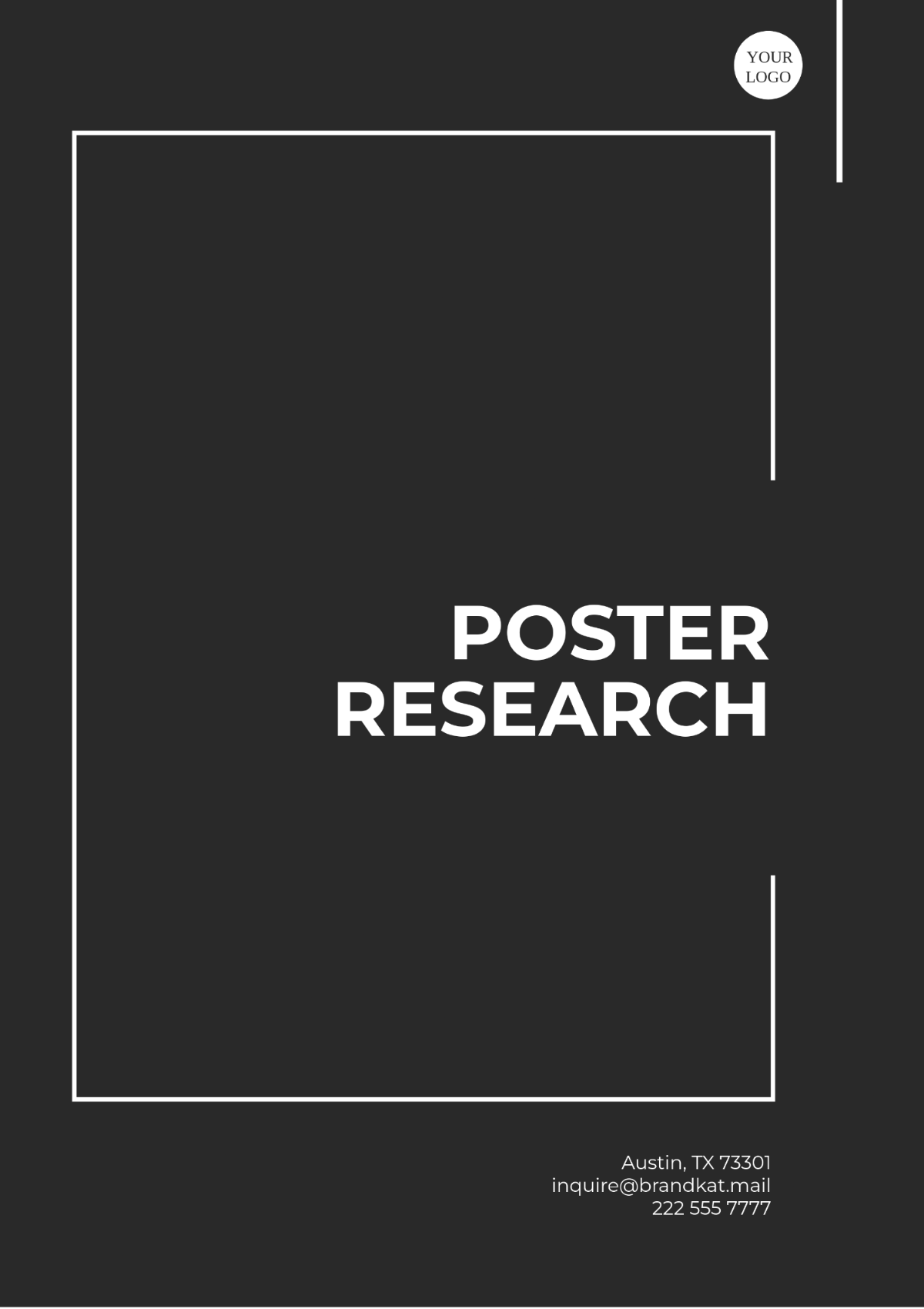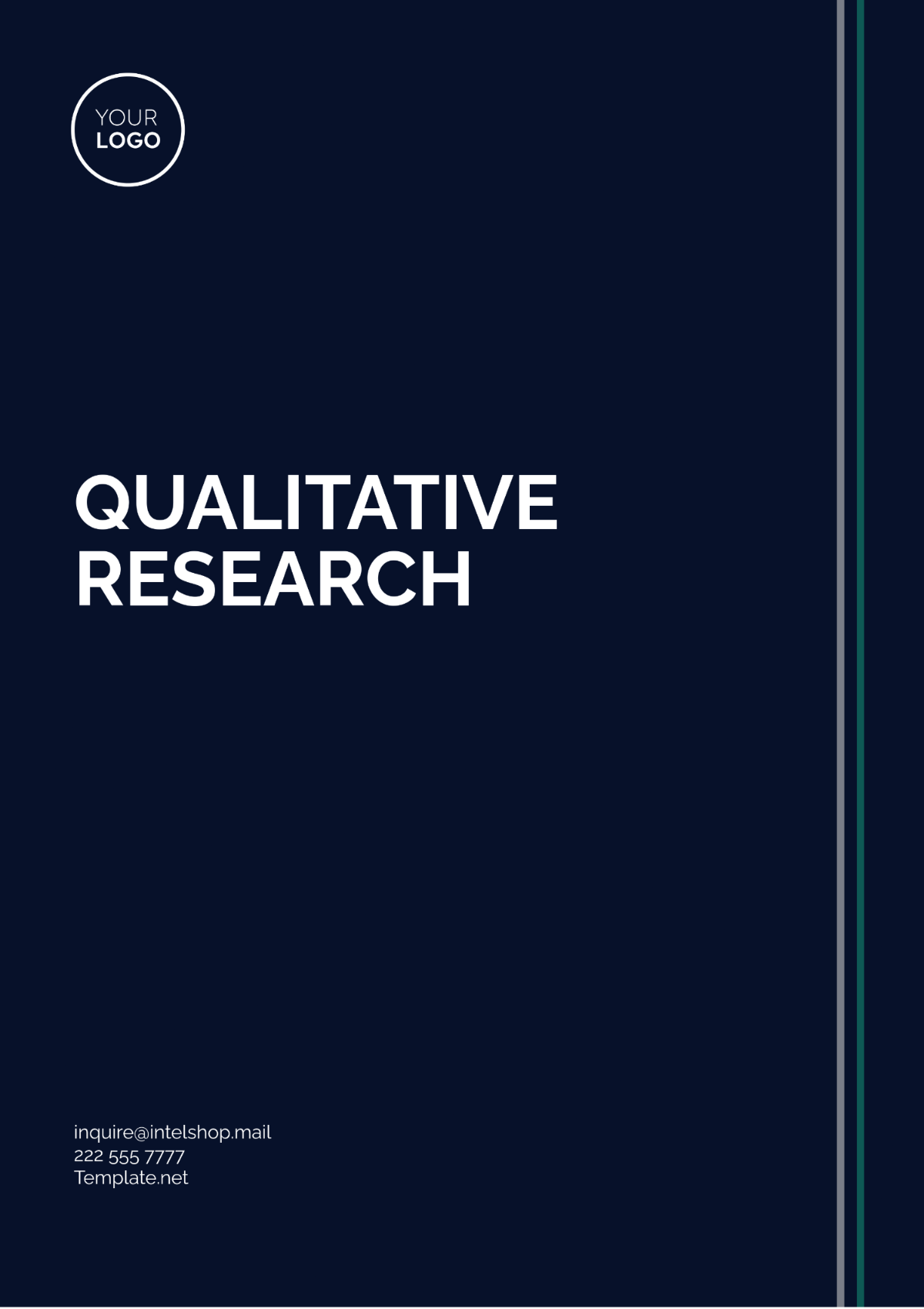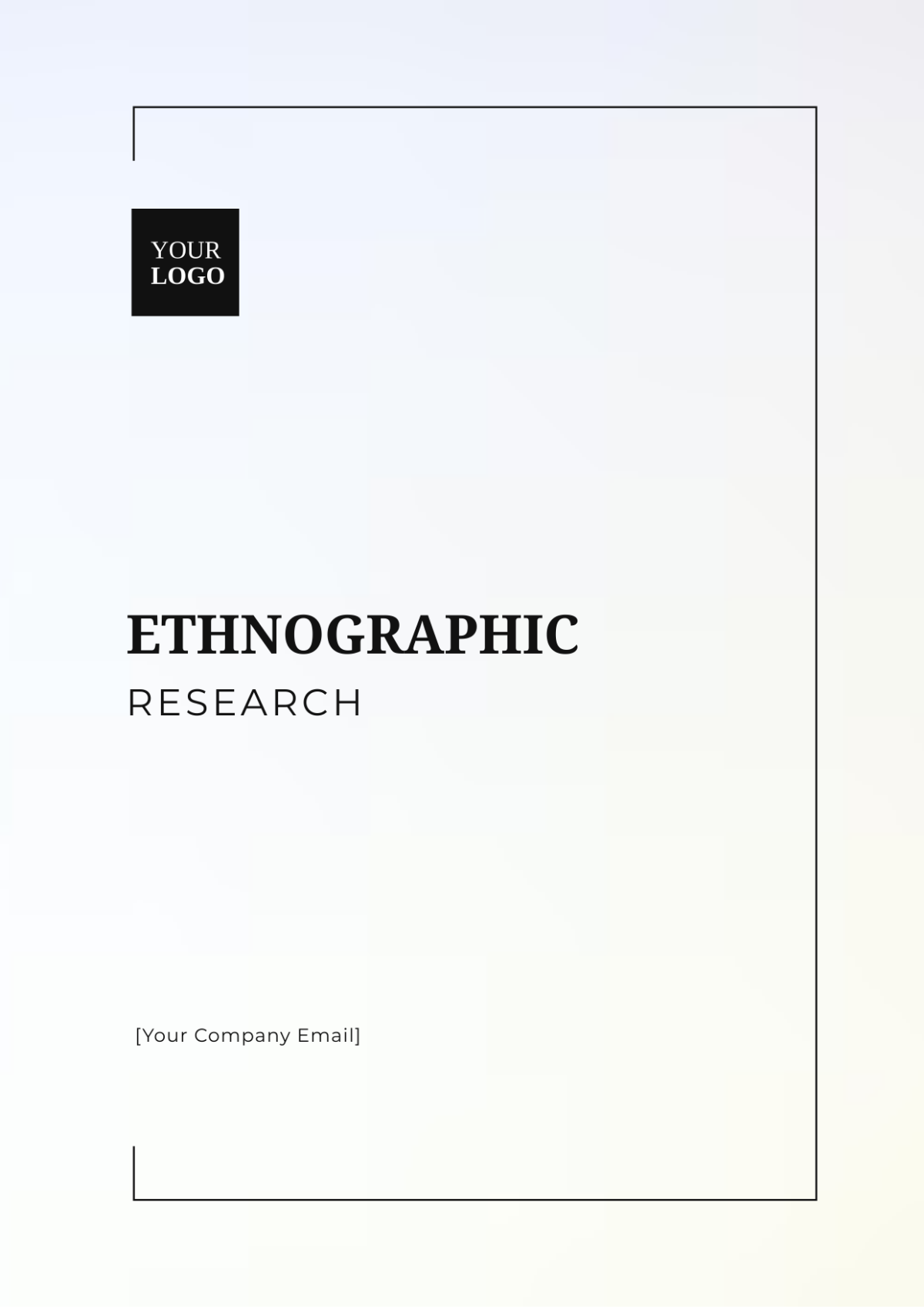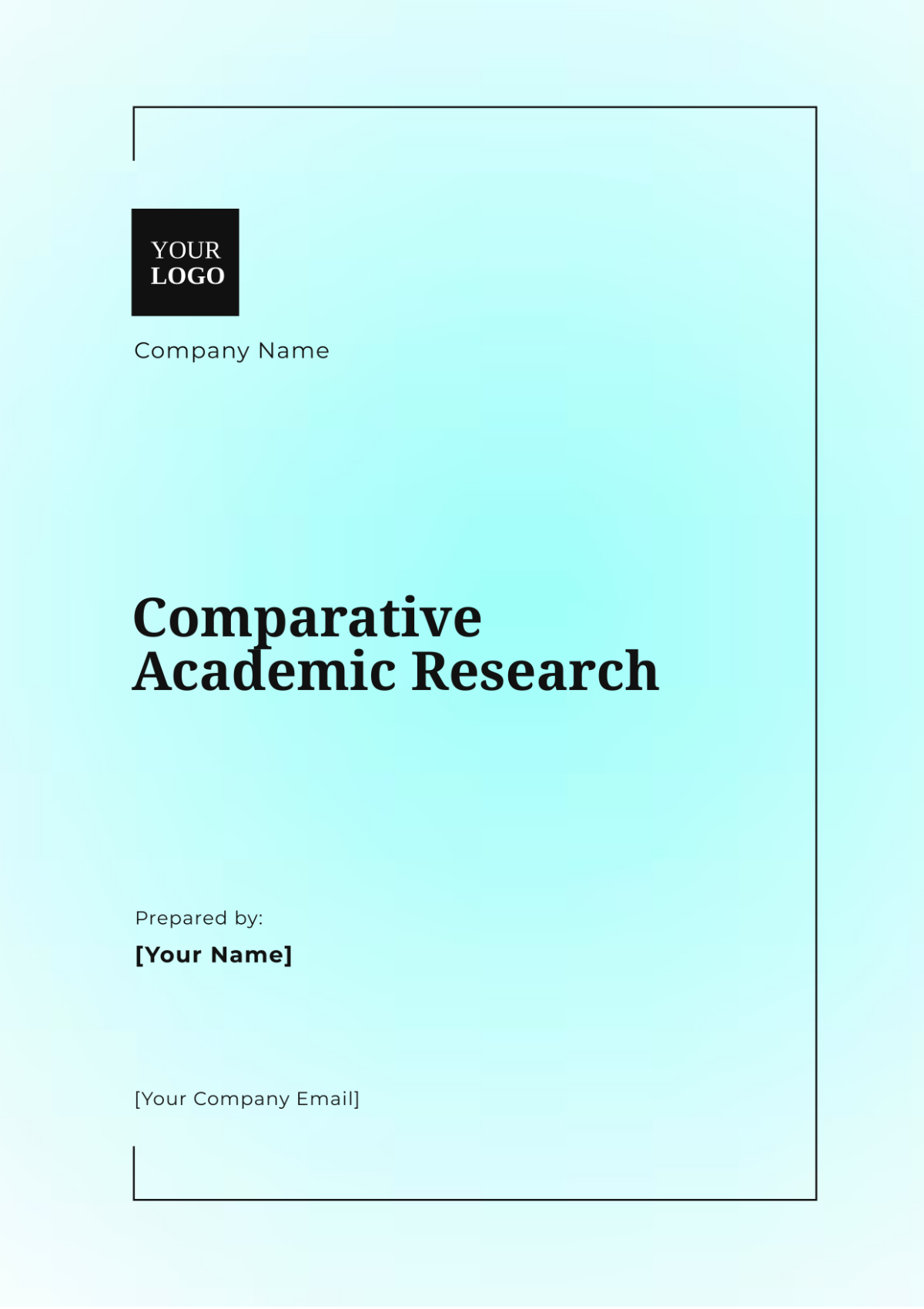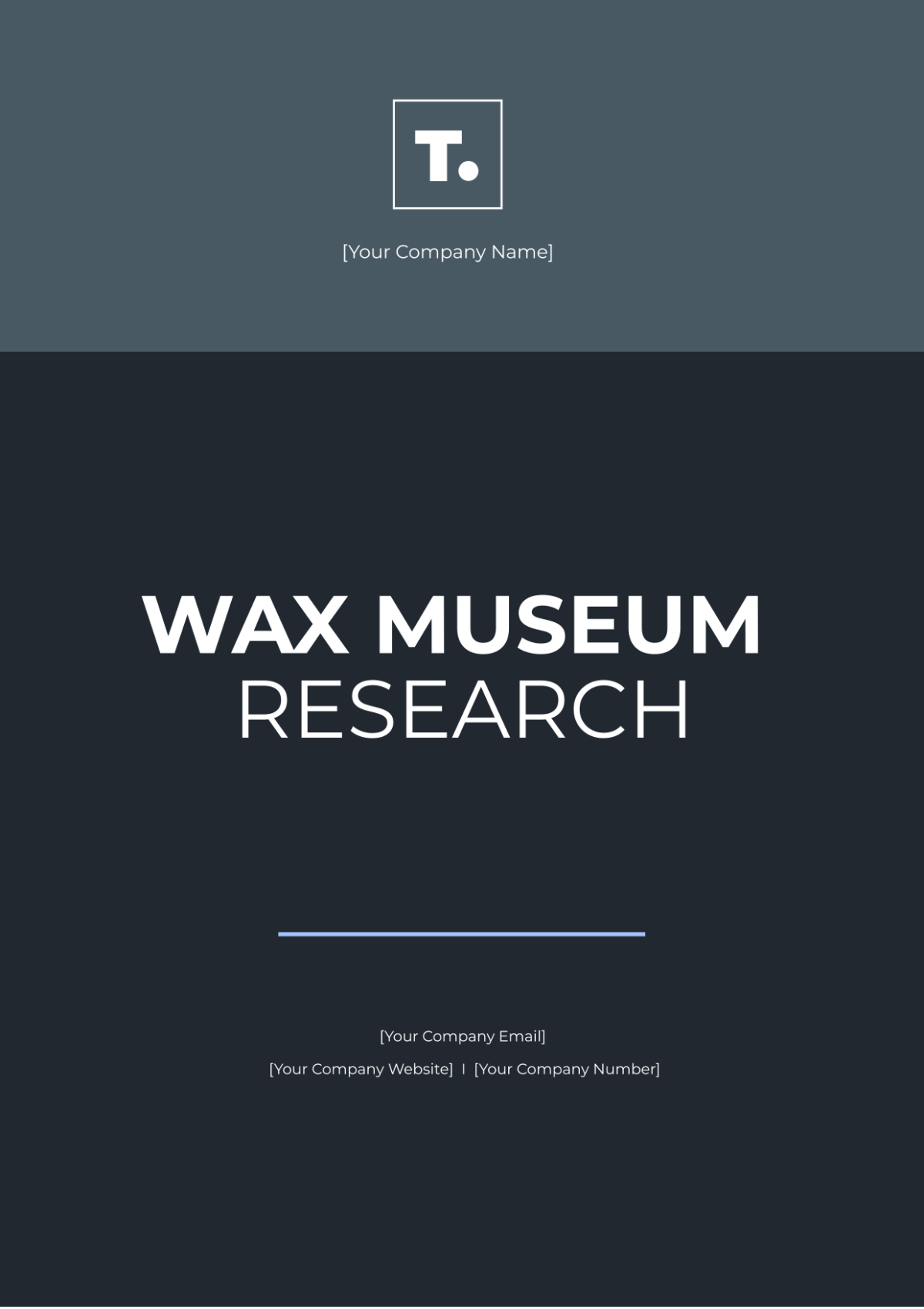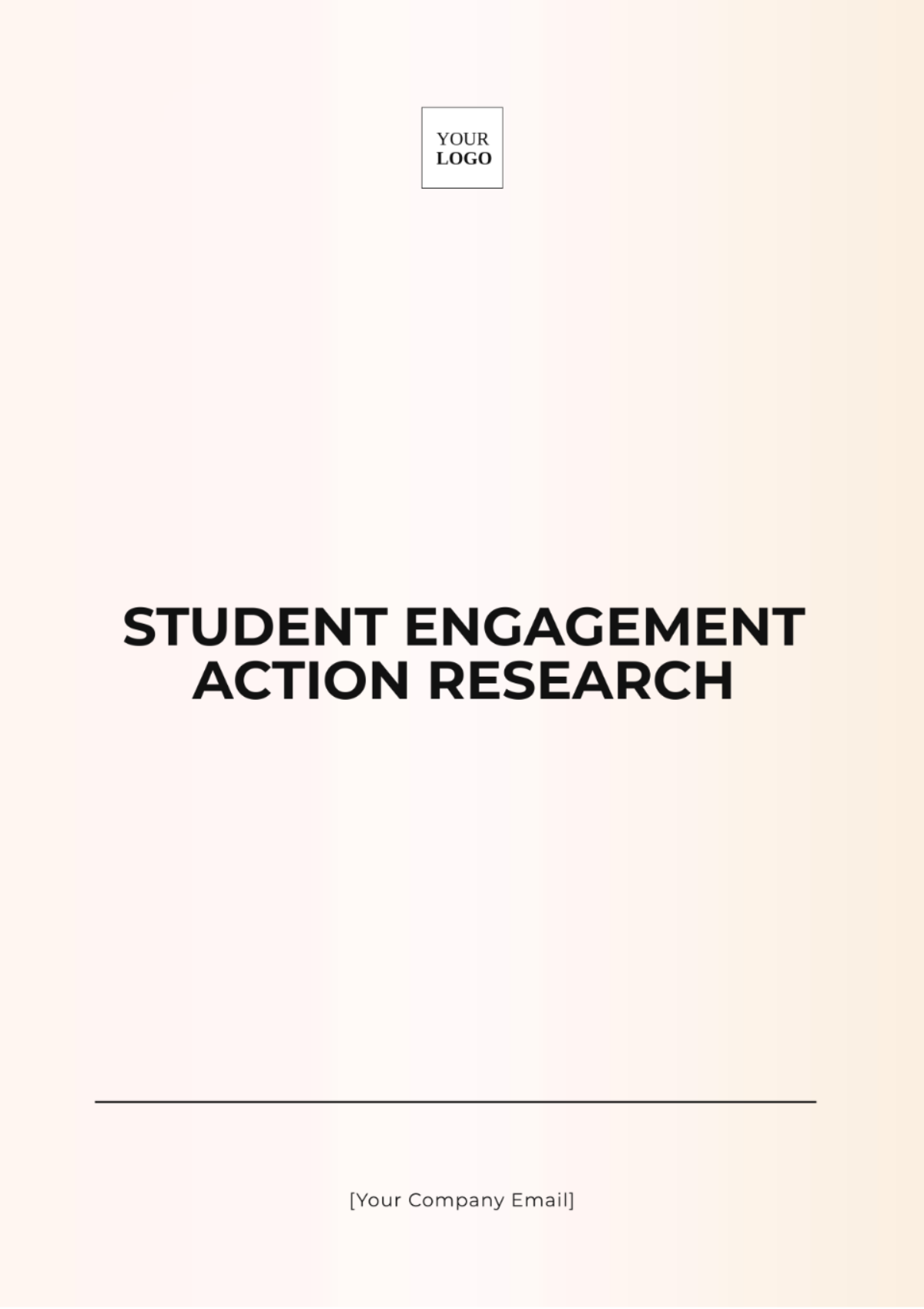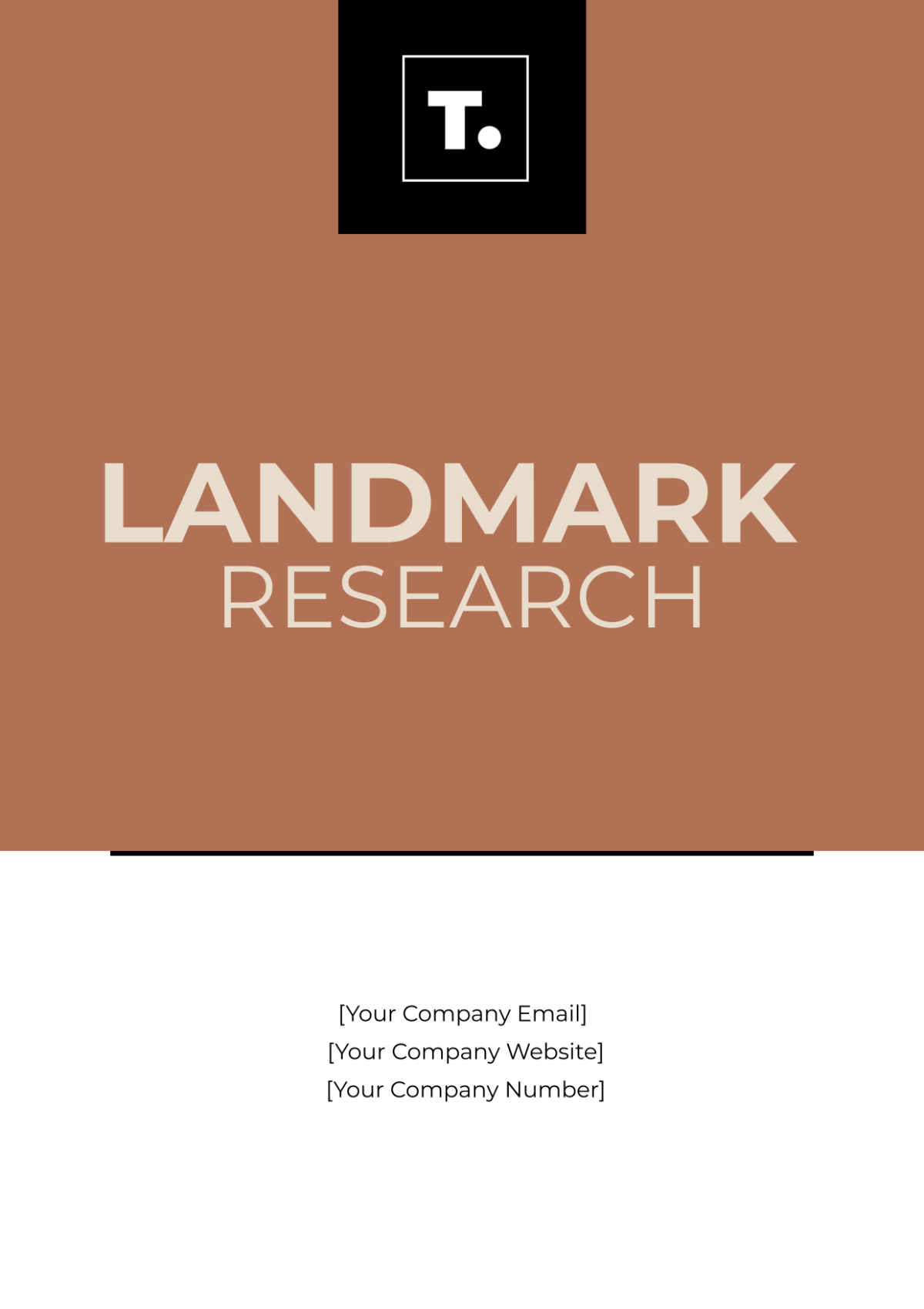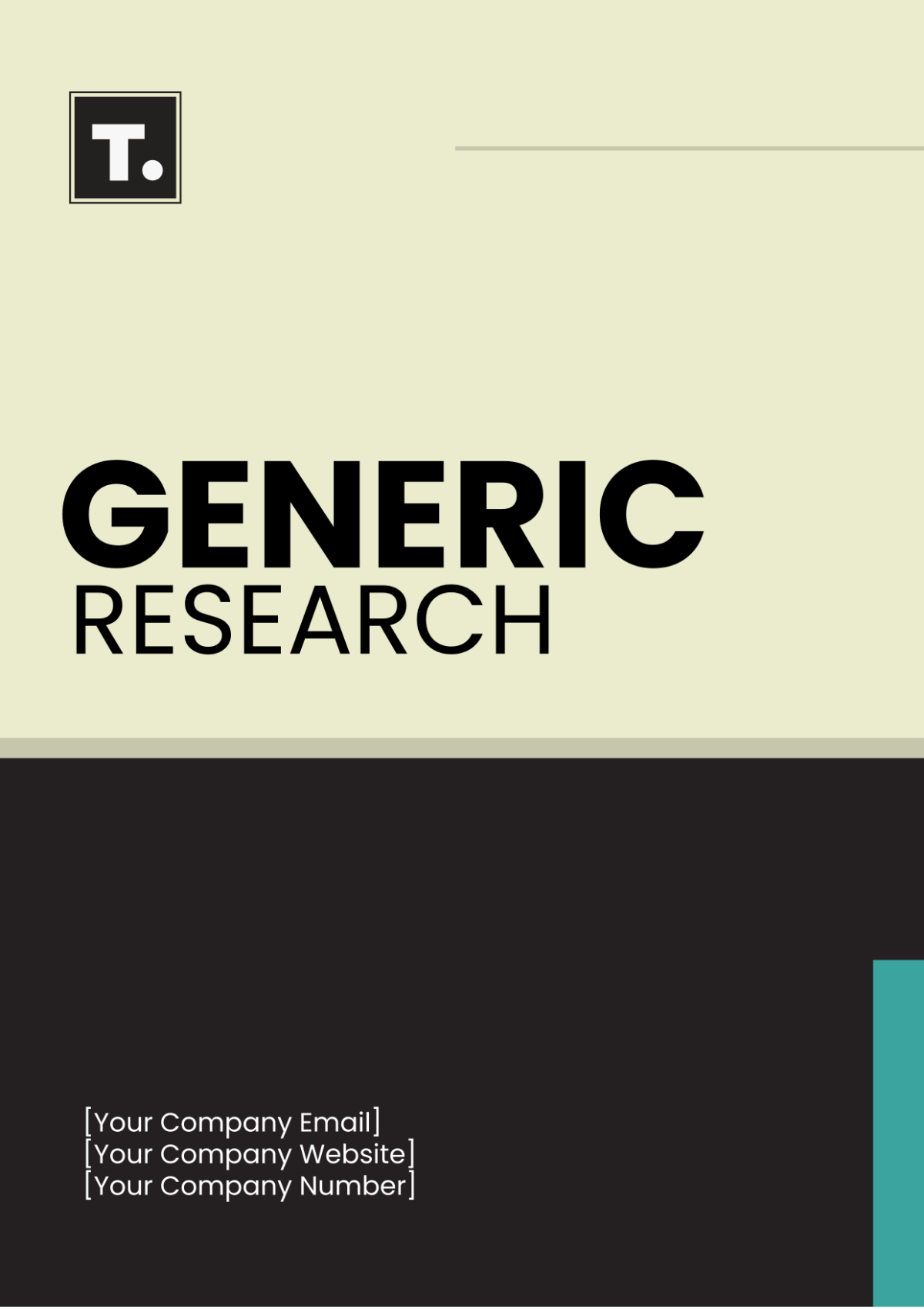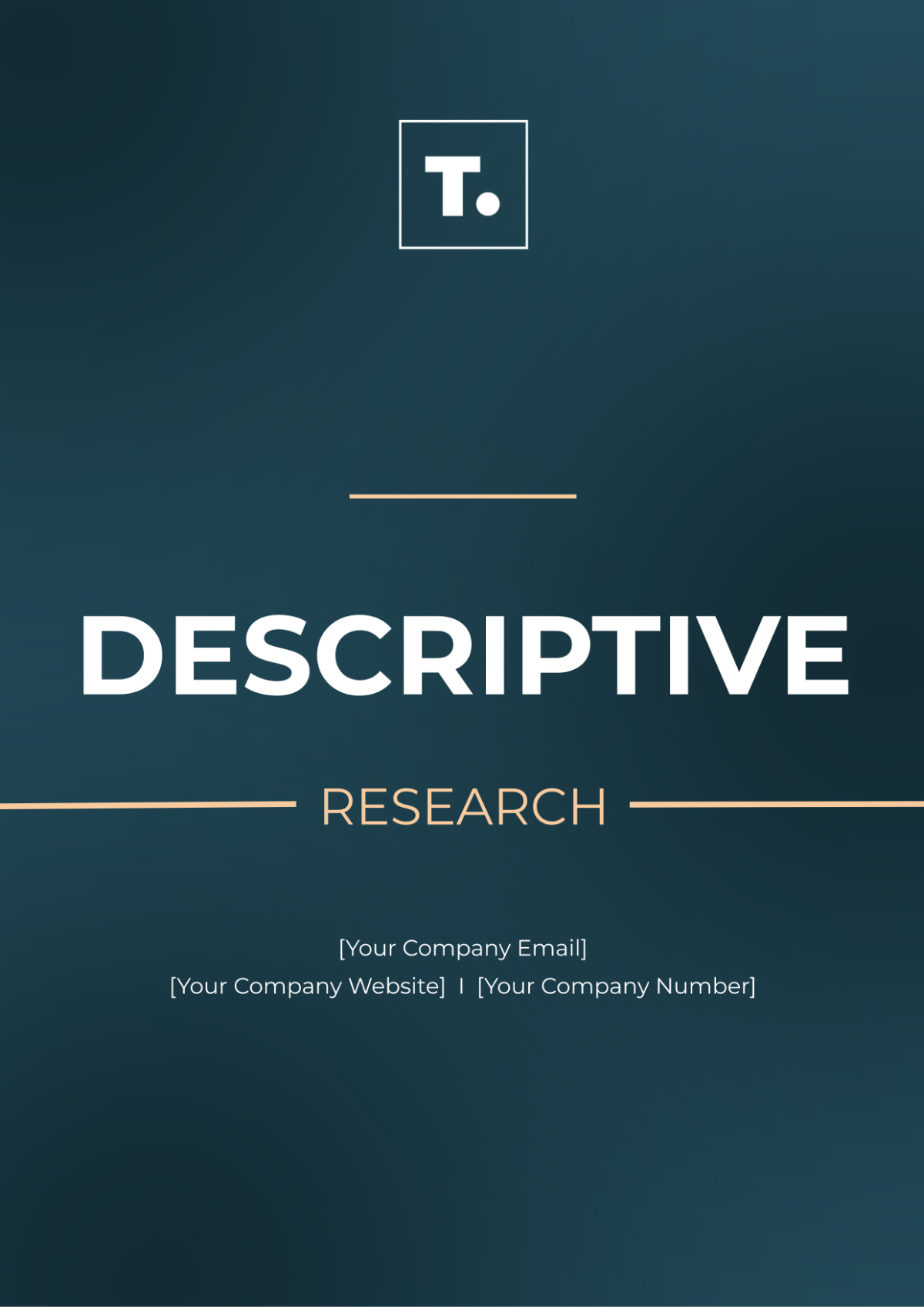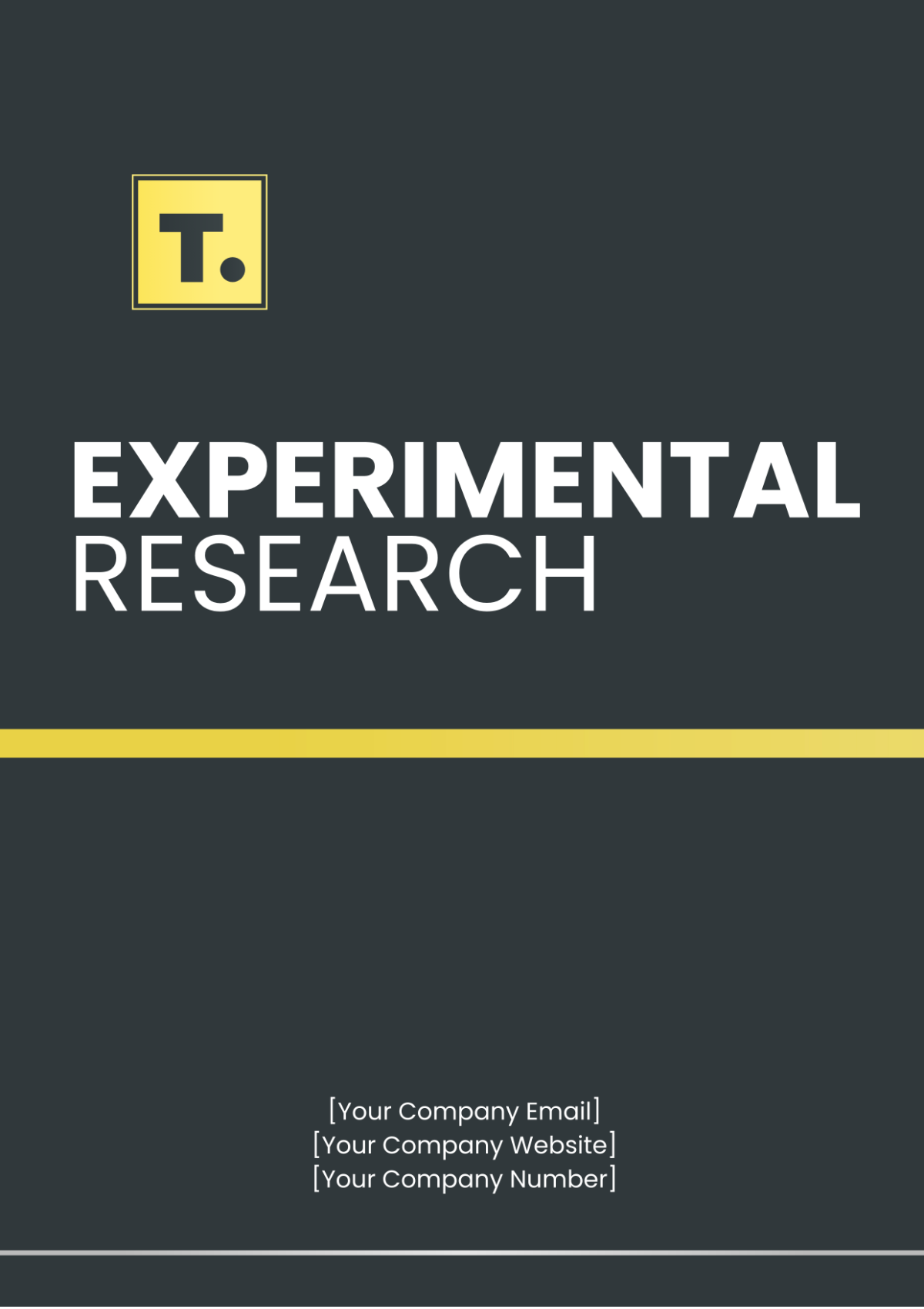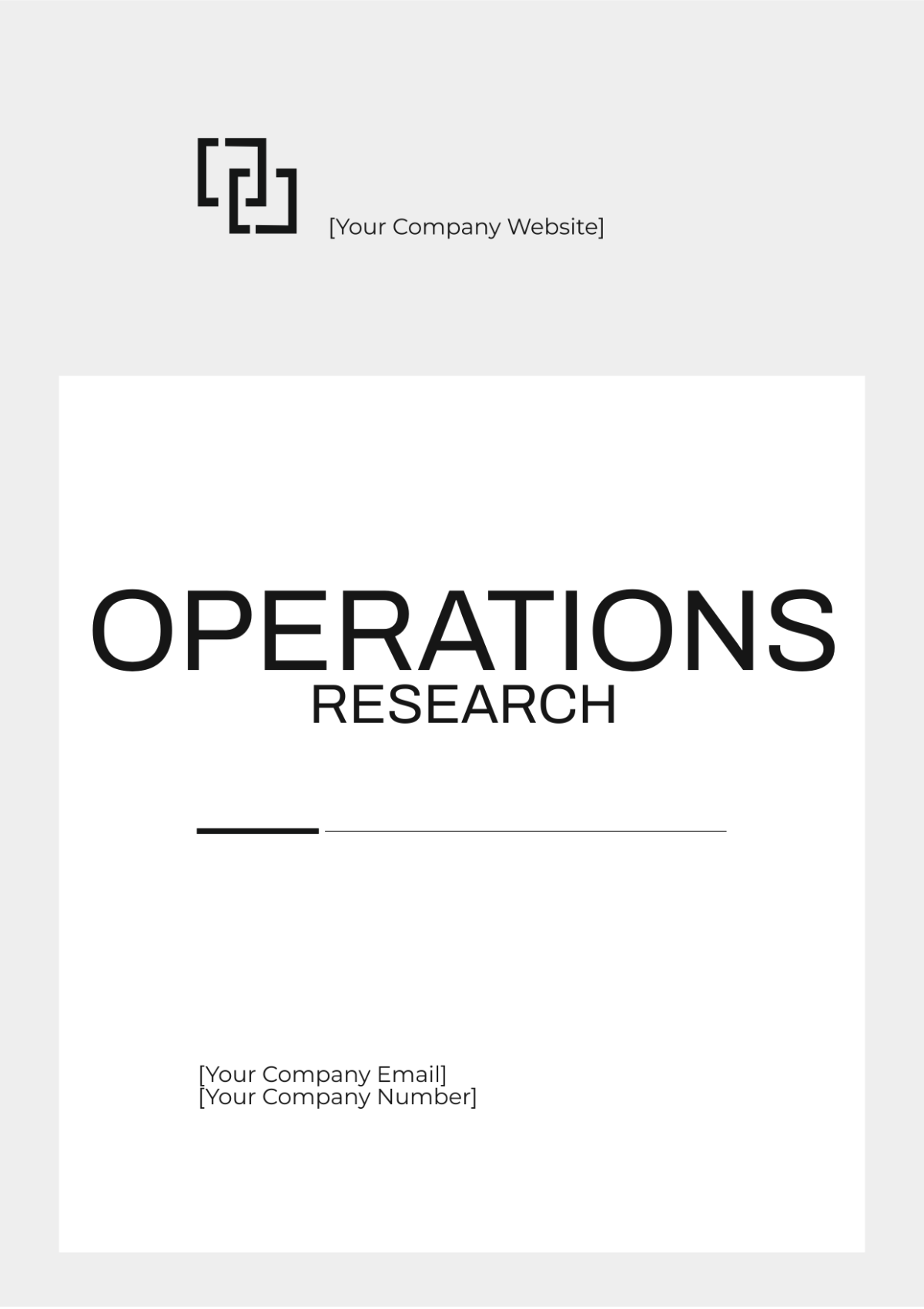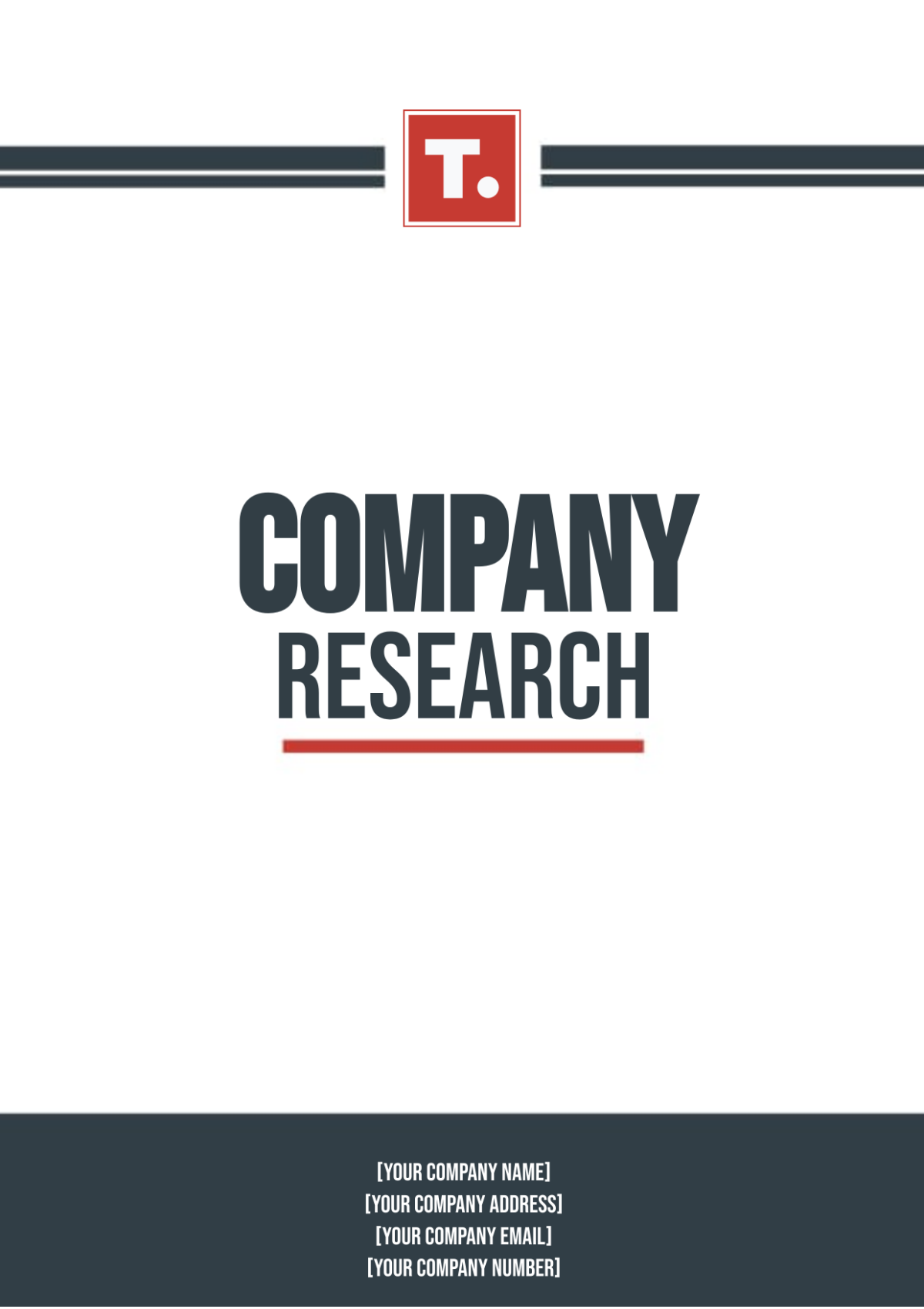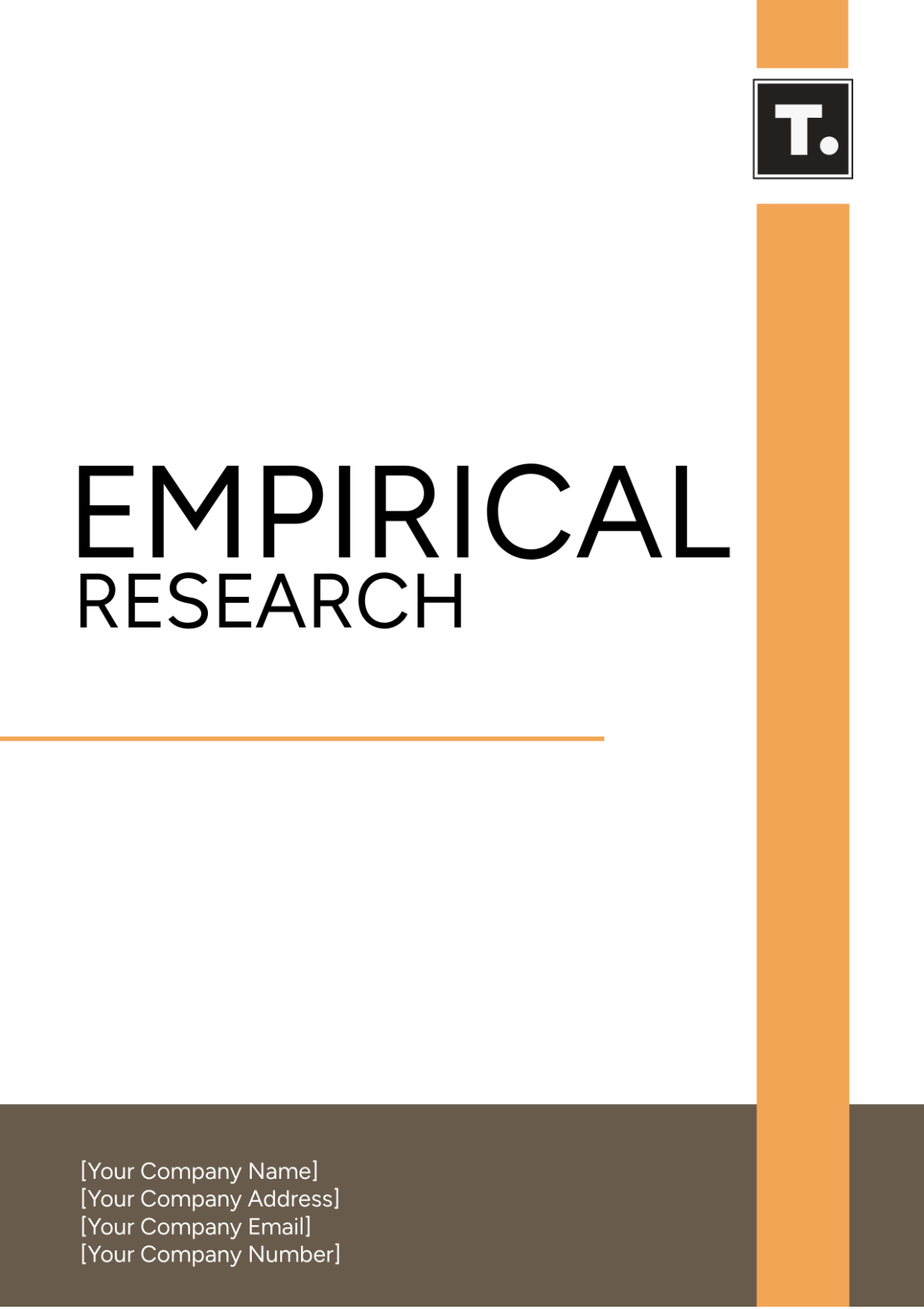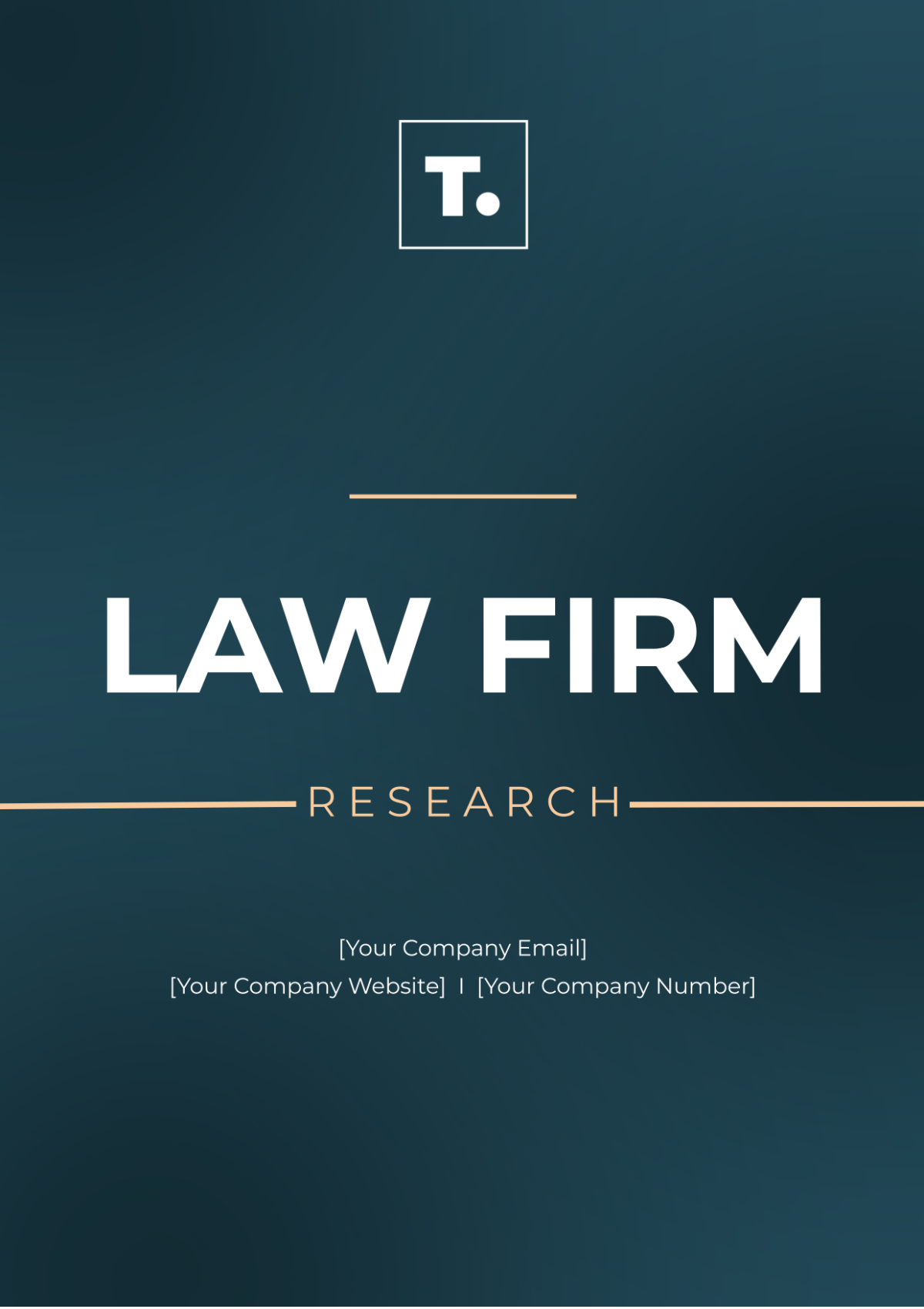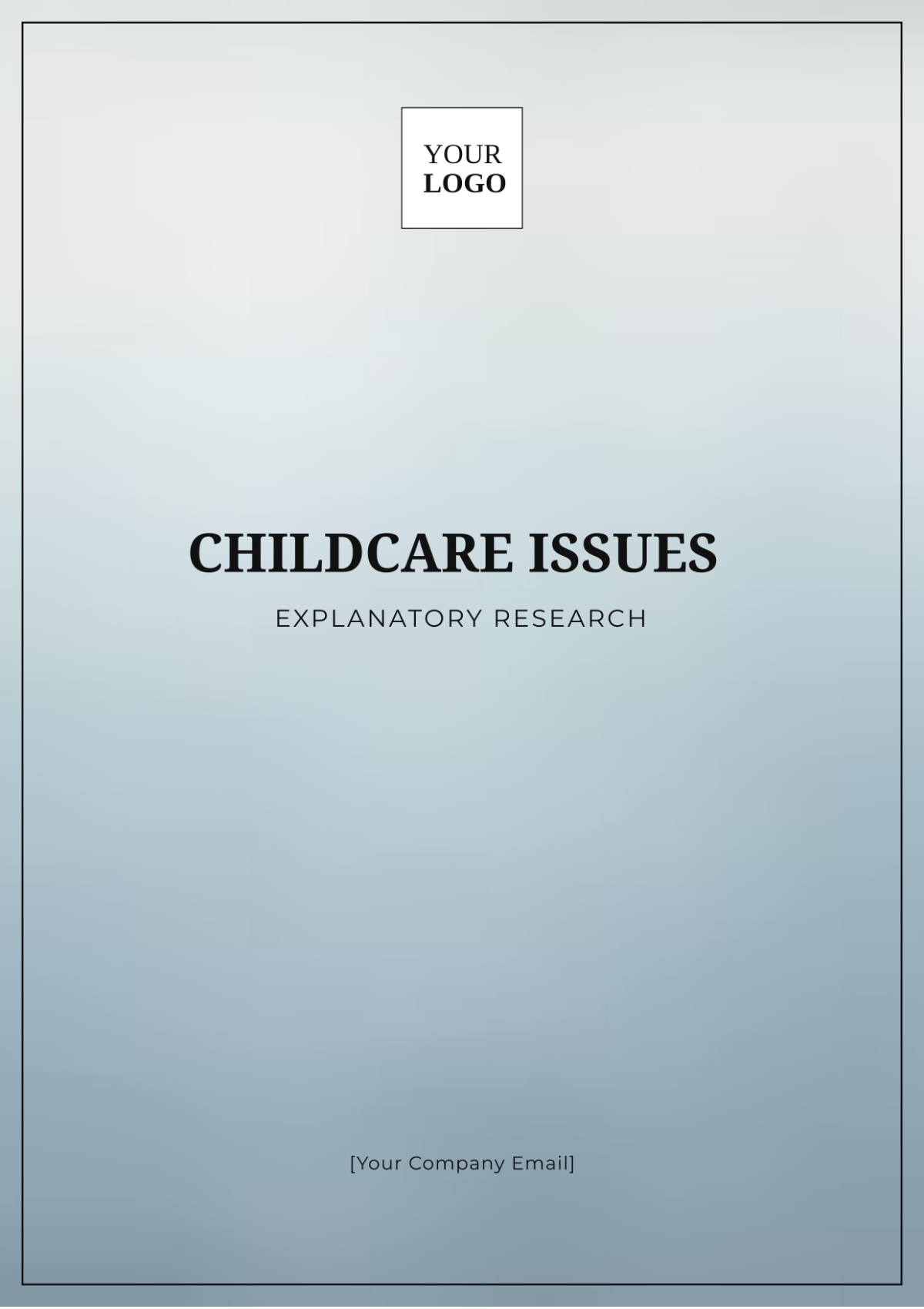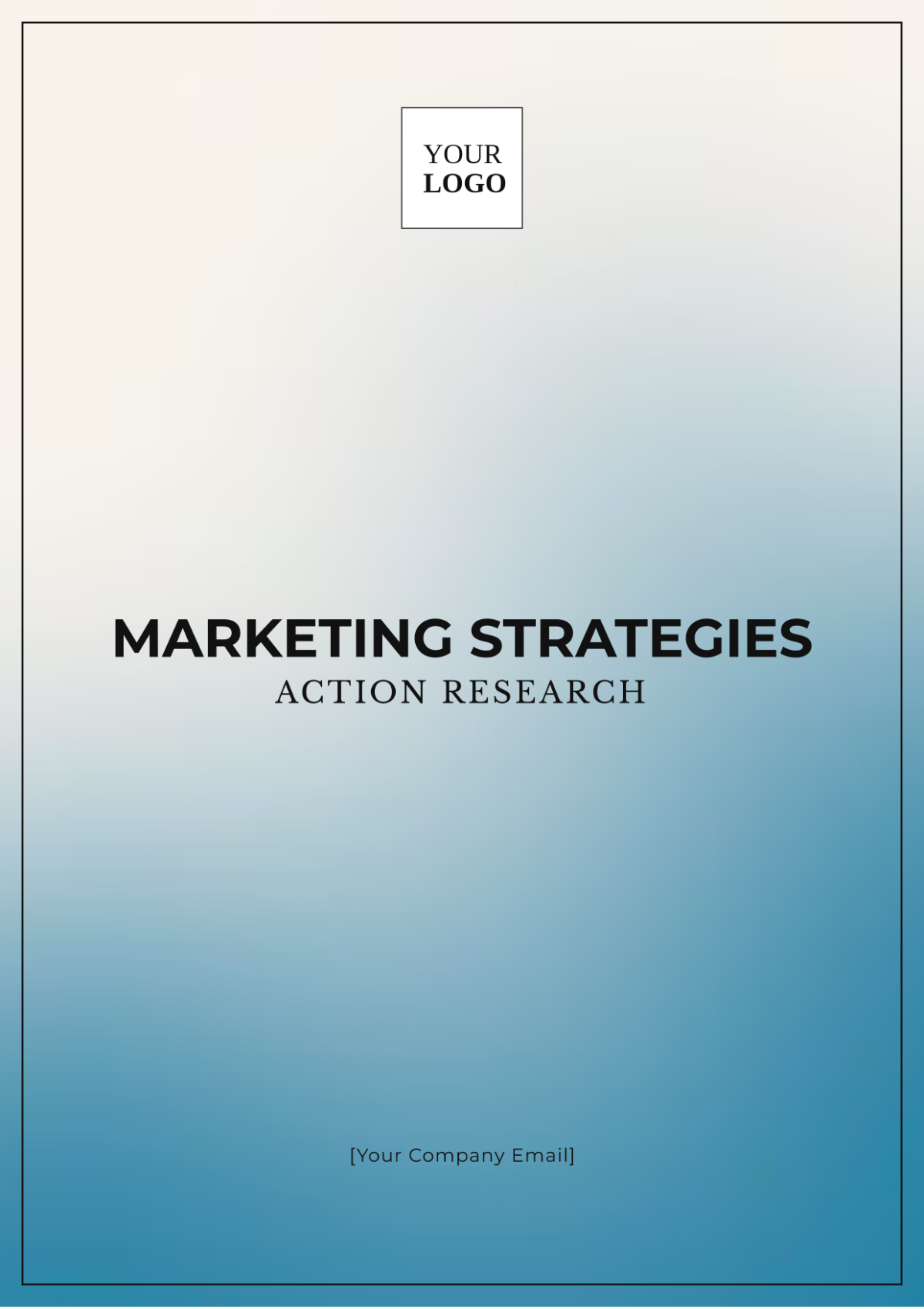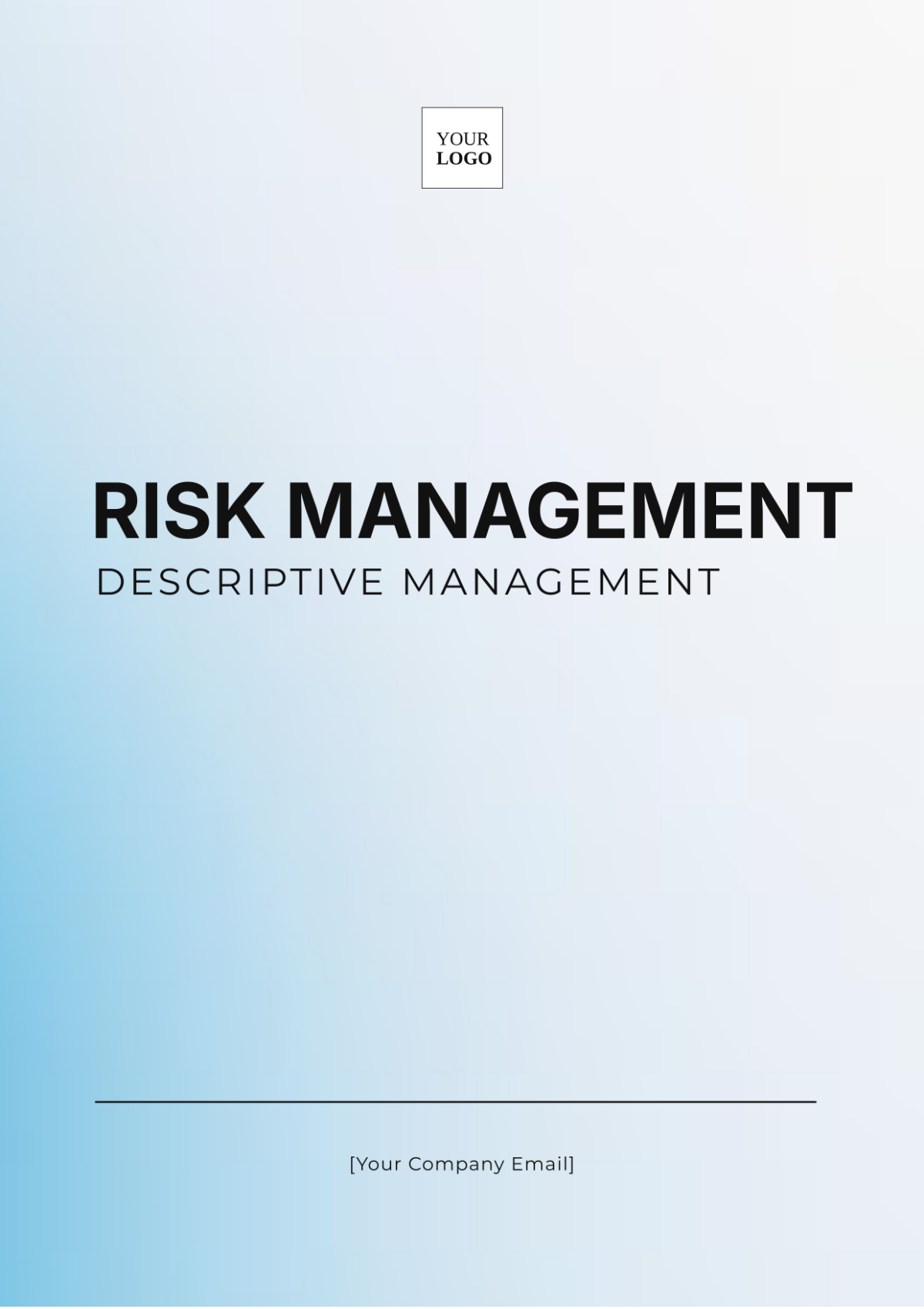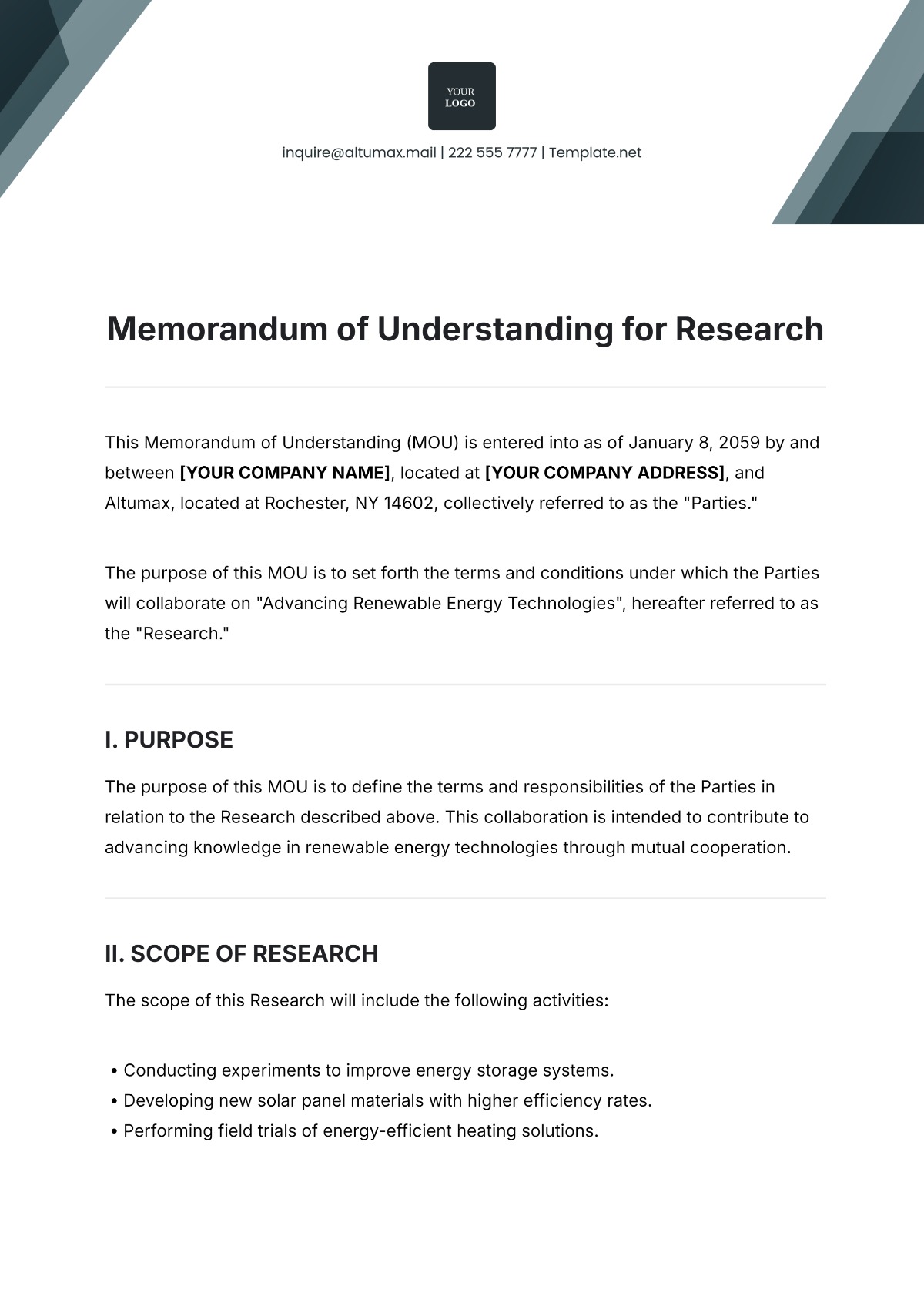Interpretation Framework Research Process
Prepared by: [Your Name]
Date: [Date]
1. Introduction
In an era where data complexity is ever-increasing, the need for a systematic approach to interpreting data has never been more critical. This Interpretation Framework Research Process aims to provide a structured methodology for analyzing and understanding complex data, theories, and concepts within the context of emerging technologies and societal trends. The primary objective is to enhance clarity and actionable insights through a comprehensive interpretive framework.
2. Theoretical Framework
The Integration-Complexity Theory grounds our analysis, positing that data interpretation must consider both the integration of various information sources and the inherent complexities of the data. The theory serves as a foundation for understanding how original data points interact and how their complexities influence overall interpretations. Additionally, the framework incorporates elements of Systems Theory to address the interconnectedness of data within broader systems.
3. Literature Review
The literature review explores foundational and recent works relevant to the Interpretation Framework Research Process:
Integration-Complexity Theory: Brown (2050) outlined the core principles of the Integration-Complexity Theory, emphasizing the importance of combining various data sources and understanding their interactions to gain comprehensive insights. This work serves as a cornerstone for our interpretive framework.
Systems Theory and Data Analysis: White and Green (2052) examined the application of Systems Theory in data analysis, highlighting how interconnected data elements impact overall interpretations. Their research provides a theoretical basis for understanding complex data systems.
Emerging Trends in Technology: Jones (2053) discussed the impact of artificial intelligence and machine learning on industry practices, identifying key trends and their implications. This literature informs our analysis of technological integration.
Consumer Behavior and Sustainability: Lee (2054) analyzed shifts in consumer priorities towards sustainability, providing valuable insights into how these changes affect market dynamics. This study contributes to our understanding of developing consumer behavior.
Workplace Evolution and Remote Work: Davis (2055) explored the transformation of workplace environments because of remote work, offering perspectives on organizational changes and employee expectations. This research is instrumental in analyzing the impact of remote work trends.
4. Methodology
This research employs a mixed-methods approach, combining qualitative and quantitative techniques. Data was collected from various sources, including:
Surveys: Administered 1,500 participants across multiple sectors to gather insights on technology adoption.
Interviews: Conducted with 50 industry experts to understand emerging trends.
Data Mining: Utilized advanced algorithms to analyze large datasets from social media and market reports.
The analysis involved statistical methods to identify patterns and thematic analysis to interpret qualitative data. Data triangulation was used to ensure the robustness and reliability of the findings.
5. Data Analysis
The data analysis revealed several key trends:
Technological Integration: There is a growing trend toward integrating artificial intelligence and machine learning into traditional business processes.
Consumer Behavior: Consumers are increasingly prioritizing sustainability in their purchasing decisions.
Market Shifts: Significant shifts are observed in the digital economy, with an accelerated move towards remote and hybrid work environments.
These findings were analyzed using the Integration-Complexity Theory to assess the implications for future industry developments and strategic planning.
6. Findings
The research highlights the following key insights:
Emerging Technologies: AI and machine learning are transforming industry landscapes, creating new opportunities and challenges.
Consumer Priorities: Sustainability is becoming a major factor in consumer decision-making, influencing market trends.
Workplace Evolution: The rise of remote work is reshaping organizational structures and employee expectations.
These findings provide valuable input for strategic planning and decision-making in both the public and private sectors.
7. Conclusion
This Interpretation Framework Research Process has successfully outlined a structured approach to understanding complex data and trends. By applying the Integration-Complexity Theory and employing a robust methodology, we have gained actionable insights into emerging technologies, consumer behavior, and market dynamics. Future research should continue to explore these areas, particularly focusing on the developing impact of technology and sustainability on various industries.
8. References
Brown, T. (2050). Integration-Complexity Theory and Data Interpretation. Future Insights Publishing.
Davis, R. (2055). The Evolution of Work: Remote Work and Organizational Change. Workplaces Journal, 39(4), 567-589.
Green, J., & White, M. (2052). Systems Theory in Data Analysis: An Interconnected Approach. Data Science Review, 32(1), 77-92.
Jones, P. (2053). Artificial Intelligence and Machine Learning: Emerging Trends in Industry. Tech Trends, 47(3), 223-239.
Lee, K. (2054). Sustainability and Consumer Behavior: Trends and Implications. Market Dynamics Quarterly, 28(2), 145-160.

